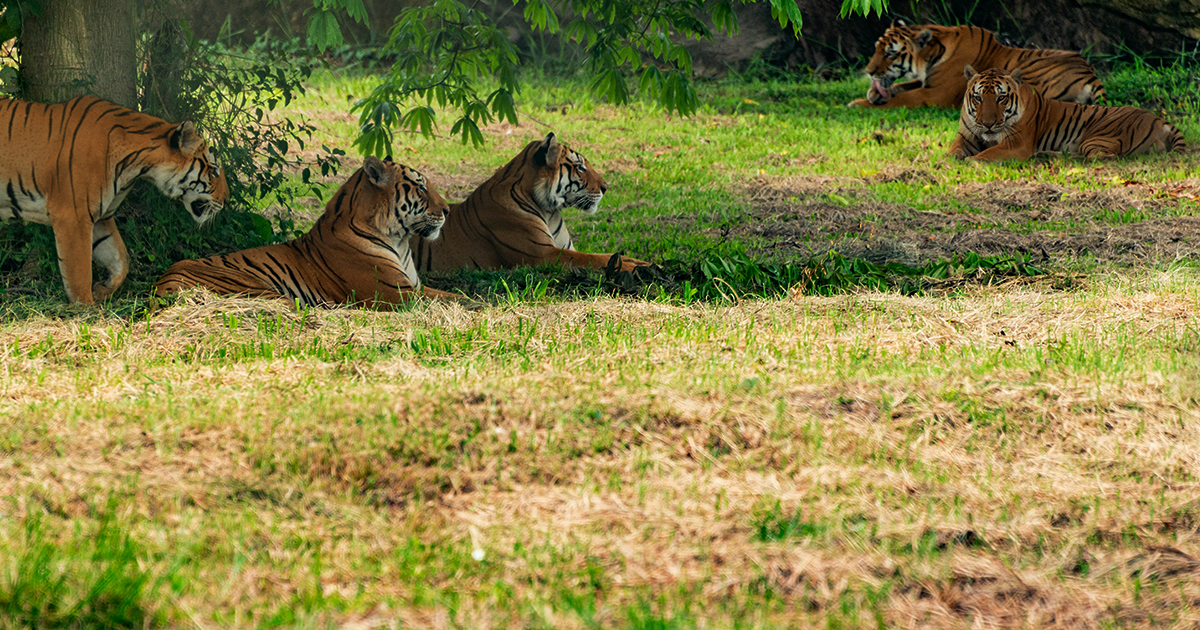At a time when our country is discussing the issue of overpopulation and its negative consequences, a new fact has emerged: tigers in Ranthambore National Park are overcrowding, resulting in territorial disputes, large cats fleeing the forests, going missing, and preying on rural people.
In fact, the number of tigers is an all-time high since the Reserve was established in 1973. The number of tigers and their cubs in Ranthambore surrounding territories has increased from 66 in 2019 to 81 in 2021.
The current male-to-female tiger ratio is 1:1.3, which is abnormal, according to the Rajasthan Forest Department in answer to a question from Amer MLA Satish Poonia about the missing tigers.
In response to Poonia’s question about whether an investigation was conducted into the number of tigers born and missing between January 2019 and January 2022 in areas such as Ranthambore National Park, Sariska Tiger Reserve, and Mukundra Hills National Park, among others, the Department said.
The majority of the 32 female tigresses are now of reproductive age, which resulted in an increase in cub births. Between the years 2019 and 2021, a total of 44 cubs were born. Due to a large number of tigers in Ranthambore Tiger Reserve’s devastated areas, there have been several reports of missing tigers, territorial clashes, and deaths.
Report Stating the Missing Number of Tigers
According to a report filed to the state Assembly on missing tigers, 13 tigers vanished from the Ranthambore National Park between 2019 and 2021.
Two females, T-73 and T-92, vanished in 2020. In 2021, two male tigers T-72 and T-62, as well as two female tigers T-126 and T-100, went missing.
According to forest officials, a severe gender imbalance among tigers resulted in the big cat population, driving many of them to flee the park or die in territorial and female fights.
The tiger faces a struggle; its forest territories are diminishing says environmentalist Harshwardhan. As dominant males do not allow newly-born, young, and sub-adult males to remain inside the park, about 10-15 tigers and tigresses roam outside practically all of India’s greatest breeding sanctuaries. As a result, a larger population of tigers is being rehabilitated outside of the parks. Tiger corridors are also absent. As a result, many wild tigers and tigresses are poached by rural people or killed in traffic accidents. You can also see tigers roaming around during gypsy safari in Ranthambore, so get tickets by advance Ranthambore safari online booking.





